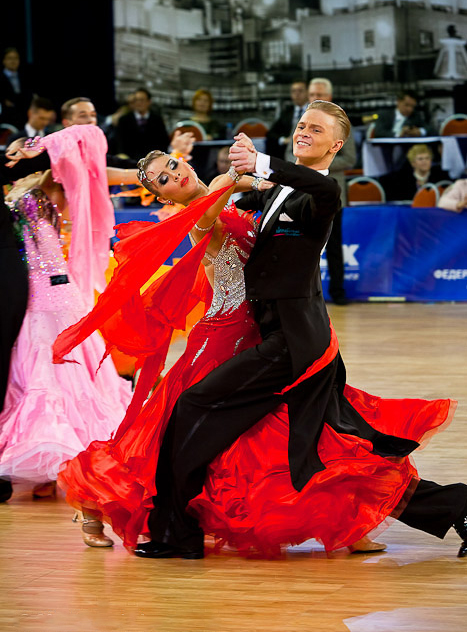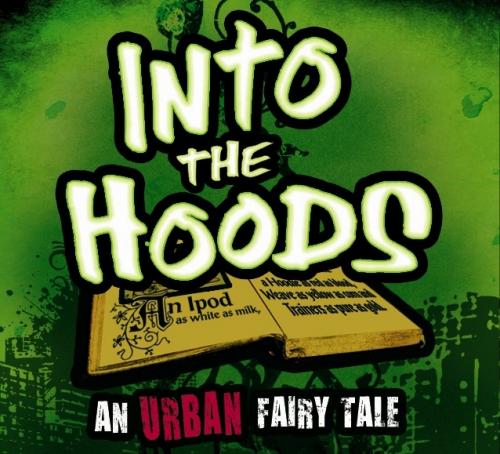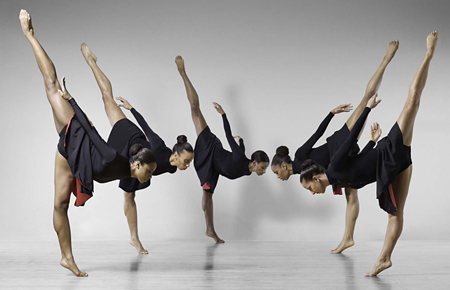 Born and raised in the UK, Toby Hawker discovered his passion for dancing at the age of six. At 16 his professional dancing career began, following training in a wide range of disciplines, leading him on an exciting and varied career path.
Born and raised in the UK, Toby Hawker discovered his passion for dancing at the age of six. At 16 his professional dancing career began, following training in a wide range of disciplines, leading him on an exciting and varied career path.
Next Toby moved to Paris to perform for the world-renowned Walt Disney Company. From there he has performed on TV shows and in films such as HBO’s ‘The Oaks’, BBC’s ‘Holby City’ and ‘Sherlock Holmes 2’. Whilst fulfilling a part time modelling career, Toby trained in Cirque and Aerial Skills and has since travelled the world, performing on five different cruise lines including Celebrity, Fred.Olsen, Princess, Costa and Regent Seven Seas.
As a professional dancer and aerialist, Toby is a jewel in the crown of the RSSC Mariner ship on which he is currently employed. His outstanding experience in the dance industry is underpinned by his huge dedication to his work, with his passion emanating clearly. With professional experience in cabaret, theatre, on board cruise ships, on television and in films, his unique and exceptional talents have taken him on a varied and fulfilling professional career in the performing arts.
Now with a rare opportunity to perform in the longest running show on the strip of Las Vegas, Toby’s intriguing story is waiting to be told…
Have you always wanted to be on stage?
That’s an easy one. Yes! As a young boy I always dreamed of being in a large-scale production and would try to imagine that feeling of adrenaline when you’re in the wings waiting for the curtains to open and reveal a sea of eager faces in the audience. I used to love that feeling of nerves! Growing up, the annual school production was always the highlight of my year but I didn’t even realise it was a future career option at that age. It was so much fun it never crossed my mind that people might get paid for this!
How did you kick-start your training?
I guess I could say that my training in order to become the dancer that I am now started back in secondary school when I began taking multiple dance classes in technical jazz and ballet. By the age of 13 I was taking four classes a week at London’s Pineapple Dance Studios; my eyes were opened to the professional dance industry and my passion was fiercely sparked. When I first started taking professional level classes at Pineapple, I was far younger than everyone else, but I learned fast and gained confidence. Ultimately I was proud of how much I had improved in a busy year at the studios and how much my talent had developed.
When I was 16 I embarked on a two year Dance course at Godalming College in Surrey. The course caught my attention because of its focus on contemporary dance technique in addition to the history of dance to go with it. I learnt to use my body in different ways and I absolutely loved broadening my knowledge base with knowledge about the great choreographers and artists of the world. The rest, as they say, is history!
What has been your favourite audition to date and why?
My favourite audition was for David King’s ‘Spirit Productions’, purely for how much fun I had on the day. Unplanned, I bumped into a few of my close friends I had previously worked with while we were queuing outside. The company were looking to take boys who would be suitable for an international tour that involved four completely different shows. They required versatile dancers with experience in styles ranging from jazz to commercial to rock ‘n’ roll and Irish dance. Each round was completely varied but I kept making the cuts. Eventually, after the final cut, it was just my friends and I who remained. As a close group of ex-colleagues we performed all the material we had learnt that day to the table of employers. We were clearly relaxed with a great rapport, and had great fun dancing alongside one another. It must have shown as we were all offered positions together in the company the following day. It was an audition filled with positivity and excitement rather than nerves and competition.
What is a day in the life of Toby like?
On a show day (on board the ship) I try and relax as much as possible. If I have performed, I don’t usually go to bed until the early hours of the morning. For this reason I don’t set an alarm for the next day because I want my body to have the natural amount of sleep it needs. I have a big lunch which would be my main meal of the day then a really light dinner about two hours before curtain up.
This job requires you to be semi-nocturnal and it’s rare to have an evening free, so I’ve got used to planning to see friends and going about my business in the late afternoon. I hate rushing to warm-up, pre-set my costumes and do my hair and make up before a show, so I’m normally in the theatre about an hour and a half before show time.
What is it like working away and travelling while you do it?
I was anxious at first before embarking, but immediately loved working away from home purely because of the unexpected experiences I’ve gained. It’s always difficult saying goodbye to loved ones for long periods of time but technology today has enabled us to always be in touch with anyone in the world at any time. I’ve never once felt like I was far from home.
Accepting contracts abroad has taken me to places in the world that most people only fantasise about. We get the odd matinée here and there, but most of the time I only perform shows in the evening which leaves you with the whole day to go and explore your surroundings. It’s amazing! I love working abroad – I’ve had the best experiences of my life.
Whats the best thing about performing?
My favourite thing about performing is that it’s always a pleasure, and my job doesn’t become boring. It’s something I always wanted to do and in no way does it feel like ‘work’ to me. I would be doing what I do as a hobby if I weren’t a professional. I also love the deep satisfaction you get when you know you’re performing something that the audience are really enjoying. You can see on their faces that your efforts are being truly appreciated and I always leave the theatre feeling – more so than usual – like I’ve done something productive with my time at work.
What would you put your success down to?
Firstly, a positive attitude. Staying focused and passionate is so important in this career. It can be very easy to become heavy hearted when you get cut from auditions. Your heart needs to give its all when performing because it is so easy to spot someone who feels inadequate compared to others in an audition. It’s the last thing a table of employers want to see and you’ll get cut.
I think my success in auditions is from turning a blind eye to my emotions, no matter how stupid I may feel sometimes, and just going for it! You must stay positive and remember why you’re putting yourself through it in the first place. Also, the way I have worked is to focus on one goal, such as being part of a particular company or show, at a time. I know how much I want it and I chase it wholeheartedly: having one focus keeps me driven. If I don’t have a particular focus and start going to auditions without fully knowing what the job is or show is about, I slowly start to feel lost and it drains my positivity and passion, which are crucial.
Do you have a life mantra?
I know it sounds clichéd but honestly, life is too short. I never wait for anything and I’m always being pro-active to get to my next contract. If I am undecided about what to do next then I am at least researching it. Always.
Do you have any pre-show rituals?
I wouldn’t say I have any rituals as such but there’s one thing I always have backstage before a show and that’s music. I pack my speakers into my backstage bag before anything else! I love putting on some lively tunes while getting ready. All the casts I’ve been part of enjoy it as well. It gets everyone going before the show and sparks a positive attitude backstage. A warm up obviously goes without saying – I spend ten minutes warming my hips up alone!
What is your advice to an aspiring performer?
Love what you do and do what you love. Only tackle the industry if you’re willing to dedicate ‘your all’ to it. The job requires so much more than just talent. It demands a huge amount of patience and endurance, and you must always focus on staying positive and remembering why you’re doing it. Always be nice to others and talk to one another if you have the chance. I have learnt so much from fellow dancers just as I have shared my own experiences with them. Help one another and ignore those who put you down. Be confident, but not arrogant!
Most importantly, live your life. Don’t wait. Just do it and enjoy it. Give it your all and only do it if it makes you happy.
 Strictly Come Dancing’s assistant Charleston choreographer, Scott Cupit, recently led hundreds of swing dancers and members of the public in an attempt to break the Guinness World Records title for the Largest Charleston dance. Taking place at noon on 11 October at Spitalfields Market, London, the routine was also taught at 40 venues across London, and it could be learned by people all over the country by watching the Youtube video instruction.
Strictly Come Dancing’s assistant Charleston choreographer, Scott Cupit, recently led hundreds of swing dancers and members of the public in an attempt to break the Guinness World Records title for the Largest Charleston dance. Taking place at noon on 11 October at Spitalfields Market, London, the routine was also taught at 40 venues across London, and it could be learned by people all over the country by watching the Youtube video instruction.




